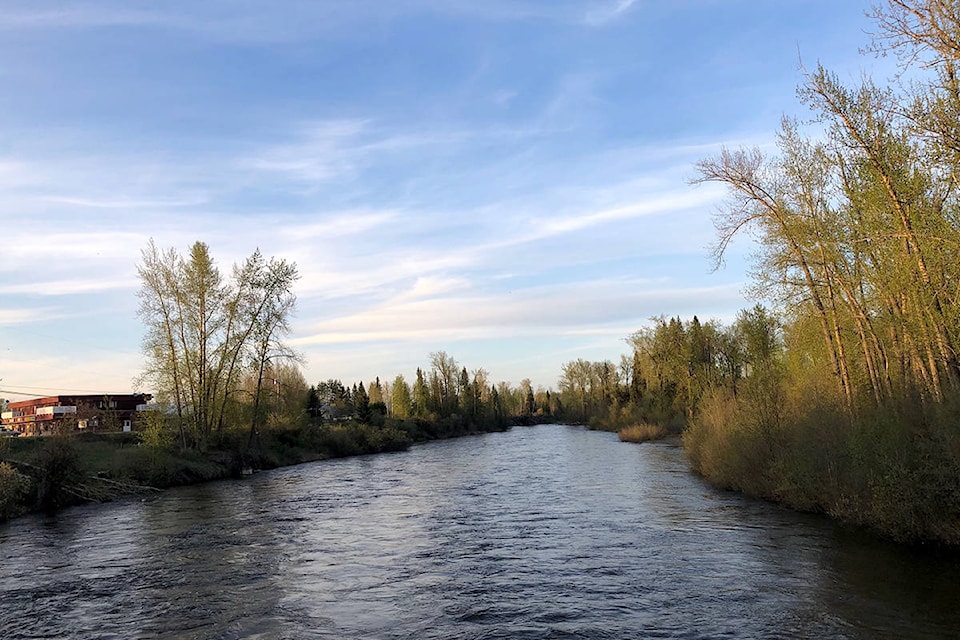By Bruce MacLeod
On April 15, 2010 John Youds and Rob Doligan, who were representing the Ministry of the Environment, presented a 33-page outline to the Horsefly River Roundtable regarding why the Horsefly River watershed should be declared a “Fisheries Sensitive Watershed,” which made a whole lot of sense to those of us who were present.
Later in January 2012, Rob Doligan and Kevin Doderidge representing the BC Conservation Foundation prepared and submitted a 57-page summary of background information for the Ministry of Forests, Lands and Natural Resources regarding why the Horsefly River Watershed should be considered for a “Fisheries Sensitive Watershed Designation.”
Since that time it seems the logging industry has been putting a concerted effort to harvest the area’s trees before the designation comes into effect in the summer of 2020.
How much of the designated cut for the Cariboo is coming from the Horsefly area?
The Horsefly sockeye run was once considered the largest in B.C., supplying over 50 per cent of the sockeye caught by fishers in the province.
Read More: Sockeye salmon return in droves to Quesnel Lake watershed
This is despite the early mining industry during the era of the Bullion Pit where millions of tons of gravel were deposited directly into the Quesnel River, which caused at least half a dozen serious landslides when the river was blocked off from tailings, the largest being 400 feet long by 100 feet deep, plus dredging which produced no gold.
Additionally, the Hobson mine five miles downriver from the Horsefly mine deposited thousands of pounds of gravel tailings along with the mercury mix directly into the Horsefly River and the 460 feet long by 18 feet high arced dam at the mouth of Quesnel Lake which blocked the 1901 run of sockeye so they all died without reaching the river to spawn.
A hue and cry emanated from the fishers in the Lower Mainland so a fish ladder setup was built for the next run.
The dam stayed in place until 1922 and as it was rotting away in places and the salmon once again could not pass, the centre of the dam was removed and a bridge was built across to the north side of the river.
The 2018 run was estimated at two million sockeye total, of which 580,000 reached the Horsefly watershed; there was even a sport fishery for sockeye on Quesnel Lake.
If we completely log our watershed, the river might well be dry come this September if it doesn’t rain like it has been. There doesn’t seem to be any sense to the Ministry of Forest’s logging plan, if in fact there is one at all.
Read More: A look behind the scenes at the Horsefly Lake fire complex
You can’t blame the companies; they are only doing what they are allowed to do, and with two Liberal MLAs and a Conservative MP, there is no representation on the side of conservation.
As can be seen in Ottawa, jobs come before anything, especially conscience.
Bruce MacLeod was a longtime Horsefly resident who now lives in Williams Lake. He was an active member and spokesperson for the Horsefly River Roundtable for years as well as Horsefly correspondent for the Williams Lake Tribune.
